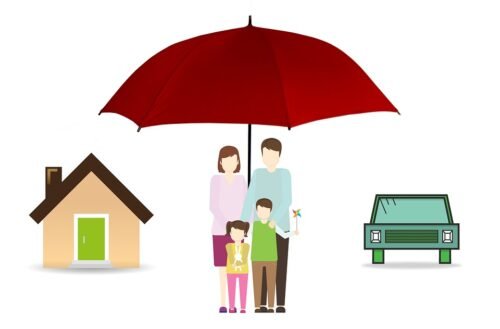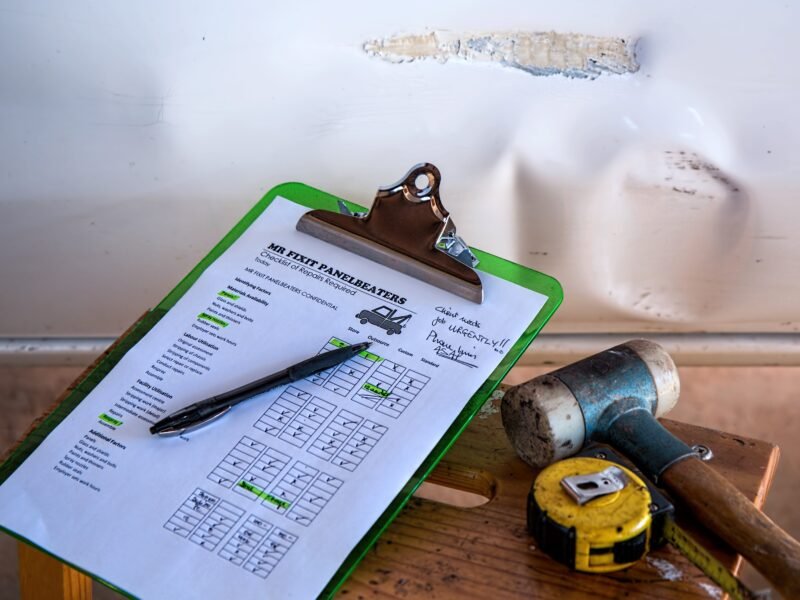Understanding Home Insurance
Home is barely a physical structure; it’s a sanctuary, comfort zone, and most often the biggest financial investment anybody makes in their lifetime. Protecting this investment is very important to say the least, and that’s where home insurance works perfect. Home insurance, or homeowner’s insurance, is a form of property insurance that covers financial losses in case of damages or loss of the home and its contents. It may also provide liability coverage for mishaps occurring on the property. This article outlines the importance of home insurance, what a policy comprises, the different types of coverage, determinants of its premiums, and guides one on how to choose appropriate policy coverage.
Importance of Home Insurance
Firstly, it is necessary for a number of reasons. Your home and its belongings are safeguarded against theft, fire, natural disasters, and vandalism. Basically, in the event of any of these disasters, one may not be able to bear the expenses required to repair or reconstruct the house. The majority of mortgage lenders make it compulsory for the homeowner to have insurance so that their investment in the home is secure.
Beyond protection against the physical structure, home insurance covers personal belongings that range from furniture to electronic gadgets, even to cloths. Therefore, it assists in replacing any of your belongings in case of damage or even theft. Moreover, home insurance can provide liability protection, extending to cases where someone gets hurt on your property and then sues you for it. It would cover fees from the lawsuit, medical expenses, or even settlement costs.
Key Components of Home Insurance
The typical home insurance policy has several key components in its core, including:
- Dwelling Coverage: This represents the very core of any home insurance policy. In simple terms, it covers the cost to repair or rebuild your home if it is damaged by covered perils, including fire, windstorms, or hail. The coverage amount should reflect the cost to rebuild your home, not its market value.
- Coverage of Personal Property: This coverage covers all the contents inside a house, which can be furniture, appliances, or clothes getting damaged or stolen. Most policies cover personal property at 50-70% of the dwelling coverage limit, but additional coverage can be bought if necessary.
- Liability Protection: Liability insurance covers your risks when somebody gets injured in your property or you have caused an accident that has damaged the property of another. It might also protect your legal expenses, medical costs, and other lawsuit-related expenses.
- Additional Living Expenses (ALE): If your home becomes uninhabitable due to a covered event, ALE coverage helps pay for temporary living expenses, such as hotel stays, meals, and other expenses while your property is being rebuilt or fixed.
- Other Structures Coverage: This covers structures on your property that are not attached to your home, such as garages, sheds, or fences. The coverage is usually 10% of the dwelling coverage limit.
Types of Home Insurance Policies
There are many types of home insurance policies, each of them offering all kinds of levels of coverage. The most common types include:
- HO-1 and HO-2 Policies: These are the basic policies offering limited coverage. HO-1 covers only named perils like fire and theft, while HO-2 offers broader coverage but protection is still limited to named perils.
- HO-3 Policy: This policy is the most common form of home insurance. It covers the structure of your home for all perils except those excluded in the policy. Your personal property is covered on a named-peril basis.
- HO-4 Policy: Otherwise known as tenant insurance, this is a policy for tenants. It covers personal belongings and liability but does not include dwelling coverage since the tenant does not own the property.
- HO-5 Policy: This is the premium policy, offering the most extended coverage. It protects both the home and personal belongings on an open-peril basis, meaning it covers all risks except those specifically excluded.
- HO-6 Policy: Applies to condo owners for liability, personal property, and betterments that one may have placed on his or her unit. The structure of the building is, however covered basically under the master policy of the condo association.
- HO-7 Policy: For mobile or manufactured homes, this is somewhat similar to an HO-3 in coverage but targeted for the unique needs of a mobile home owner.
- HO-8 Policy: For older homes, typically of historical value. This provides limited coverage, based on actual cash value, not replacement cost.
Factors Affecting Home Insurance Premiums
There are a number of factors that determine home insurance premiums. Knowing what these are will help you in making informed decisions and, where possible, help reduce your costs:
- Location: A house located within the area that often experiences hurricanes, earthquakes, or floods can be more expensive; so is an area with higher crime rates.
- Home Characteristics: These would include factors such as your home’s age, size, and construction material. The age factor may mean that older homes, or homes made of material that is most vulnerable to the forces of nature, usually have higher premiums.
- Coverage Limits: The amount of coverage you select directly influences your premium. The higher the limits of coverage, the more it will cost, but you’ll enjoy more considerable financial protection.
- Deductible: A deductible is how much cash one pays out-of-pocket before his insurance pays any claims. You can lower your premium with a higher deductible, but it also increases the amount you will pay out of pocket when you make a claim.
- Claims History: If you have filed several claims in the past, insurers could perceive you as a high risk and charge a premium that’s on the higher side accordingly.
- Credit Score: In some states, credit scores are used by underwriters when determining premiums. The better your credit score, the lower your premium will be, as this indicates financial responsibility.
- Discounts: Most insurance companies offer discounts on policies for everything from bundling home and auto insurance to installing security systems to making home improvements that reduce risk.
How to Choose the Right Home Insurance Policy
Choosing home insurance is not a decision to be taken lightly. Here are some tips for making the best choice:
- Assess Your Needs: Determine how much coverage you need for your home, personal belongings, and liability. Consider factors like the value of your possessions and the cost to rebuild your home.
- Compare Quotes: Obtain quotes from various insurers to compare, not just the premiums, but the coverage. Apart from the cost of a policy, take note of the insurer’s reputation, customer service, and claims process.
- Understand the Policy: Read the policy to understand what is covered and what is not. Pay close attention to any exclusions, limits, and deductibles.
- Consider Additional Coverage: Certain risks, such as floods and earthquakes, are probably not covered under a standard policy. If you happen to be living in an area where these perils are obvious, consider buying additional coverage.
- Review Annually: Your insurance needs are very likely to change over time. Review your policy annually to make sure it continues to meet your needs, and adjust accordingly.
- Agent: An insurance agent can walk you through some of the complexities with home insurance and help you in getting a policy that best fits your needs and budget.
Conclusion
Home insurance is something highly critical when it comes to protection for the home, its belongings, and even your financial security. It gives you peace of mind, knowing that when some disasters, theft, or liability claims come up, this will keep you well-covered in an instance. Knowledge concerning key components, types of policies, and what determines its premiums places one at a position to make sound decisions regarding their needs on appropriate coverage. After all, your home is your sanctity, and nothing short of the ultimate protection would serve it well.







1 comment
So helpful. Tnx